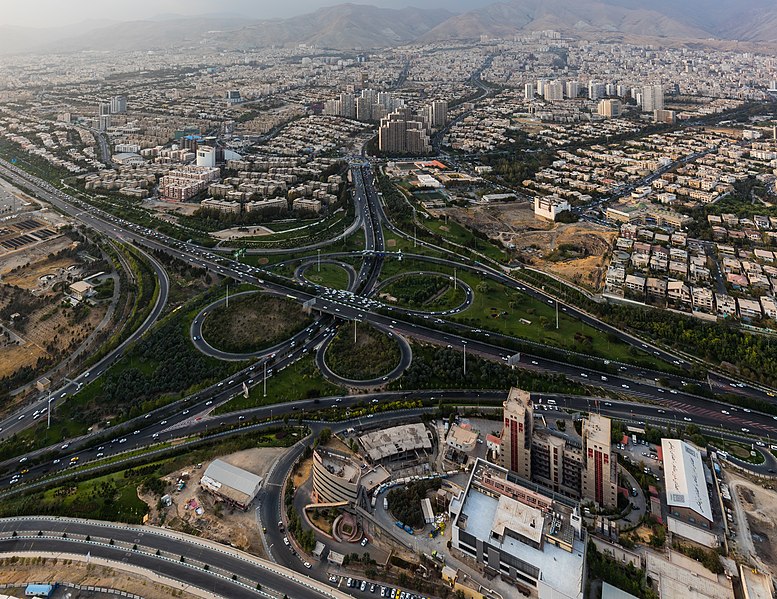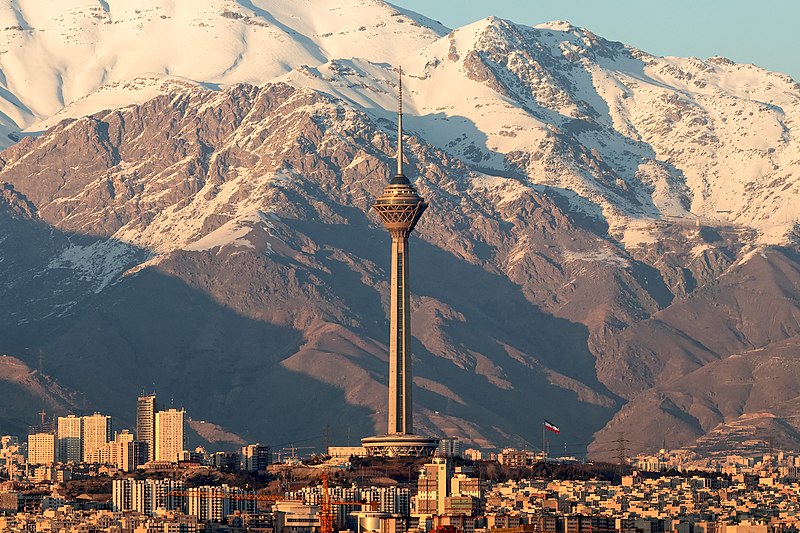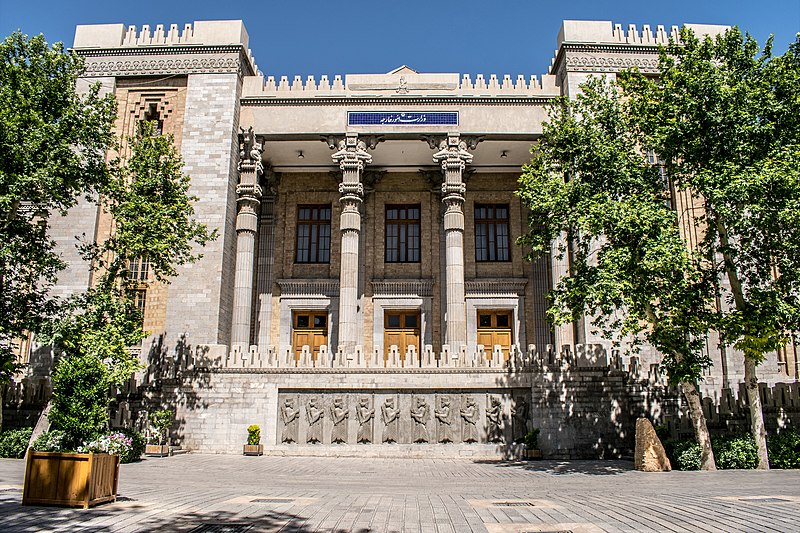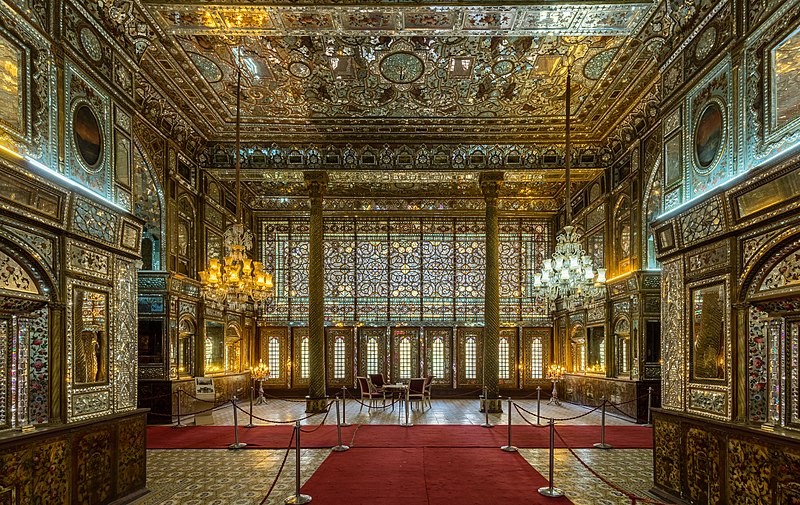Tehran Province is one of the 31 provinces of Iran. It covers an area of 18,909 square kilometers (7,301 sq. mi) and is located to the north of the central plateau of Iran. The province was put as part of First Region with its secretariat located in its capital city, Tehran, upon the division of the provinces into 5 regions solely for coordination and development purposes on June 22, 2014. Tehran Province borders Mazandaran Province in the north, Qom Province in the south, Semnan Province in the east, and Alborz Province in the west. The metropolis of Tehran is the capital city of the province and of Iran. Tehran Province is the richest province of Iran as it contributes approximately 29% of the country’s GDP. Furthermore, it houses approximately 18% of the country’s population. Tehran Province is the most industrialized province in Iran; 86.5% of its population resides in urban areas and 13.5% of its population resides in rural areas. The province gained importance when Tehran was claimed the capital by the Qajar dynasty in 1778.
The province of Tehran has over 13 million inhabitants and is Iran’s most densely populated region. The largest rivers of this province are Karaj River and Jaj-Roud River. Environmentally, the climate of Tehran province in the southern areas is warm and dry, but in the mountain vicinity is cold and semi-humid, and in the higher regions is cold with long winters. The hottest months of the year are from mid-July to mid-September when temperatures range from 28 °C (82 °F) to 30 °C (86 °F) and the coldest months experience 1 °C (34 °F) around December January. Average annual rainfall is approximately 200 millimeters (79 in). On the whole, the province has a semi-arid, steppe climate in the south and an alpine climate in the north.

Tehran Province has several archeological sites indicating settlements dating back several thousand years. Until 300 years ago, Rey was the most prominent city of the province. However, the city of Tehran rose to become the larger city and capital of Iran by 1778, and since then has been the political, cultural, economic, and commercial nucleus of Iran. Tehran has over 1.500 historical sites of cultural significance registered with the Cultural Heritage Organization of Iran. The oldest of these in Tehran province are the remains of two sites in Firouz-Kouh County that date back to the 4th millennium BCE.
Palacio de Golestán, Teherán, Irán
Even though the Tehran is the meeting point of many ethnic and linguistic groups, it is dominated by the Persian culture and language, as well as the Shiite branch of Islam, with which the majority of the population identifies.
The Islamic Revolution had a distinctive cultural impact. Within this framework, traditional arts such as calligraphy and music have seen a revival, with many educational institutional and galleries involved. Alongside the more traditional centers of cultural activity, cultural centers, and libraries were established to cater to the young urban population. Tehran is modern, vibrant city.

Its skyline is dominated by snowcapped mountains and a proliferation of high-rise buildings. Tehran’s architecture is eclectic; while many buildings reflect the international Modernist style, others display postmodern, Neoclassical, and traditional Persian styles, others display postmodern, Neoclassical, and traditional Persian styles. Tehran’s vibrancy is marked by large crowds of young people, numerous shopping malls, commercial streets, and bustling public squares. The city mixes tradition with modernity and religious imagery with different lifestyles. From art to history and anything else you can imagine, are available in Tehran museums. Tehran is the biggest and most important educational center of Iran. Today there are nearly 50 major colleges and universities in total in Greater Tehran. Since the establishment of Dar-ol-Fonoun in the mid 1800s, Tehran has amassed with a large number of institutions of higher education.

Reference: Cultural Heritage, Handicrafts & Tourism Organization of Iran, Iran Travel guide. Iran: 2018

